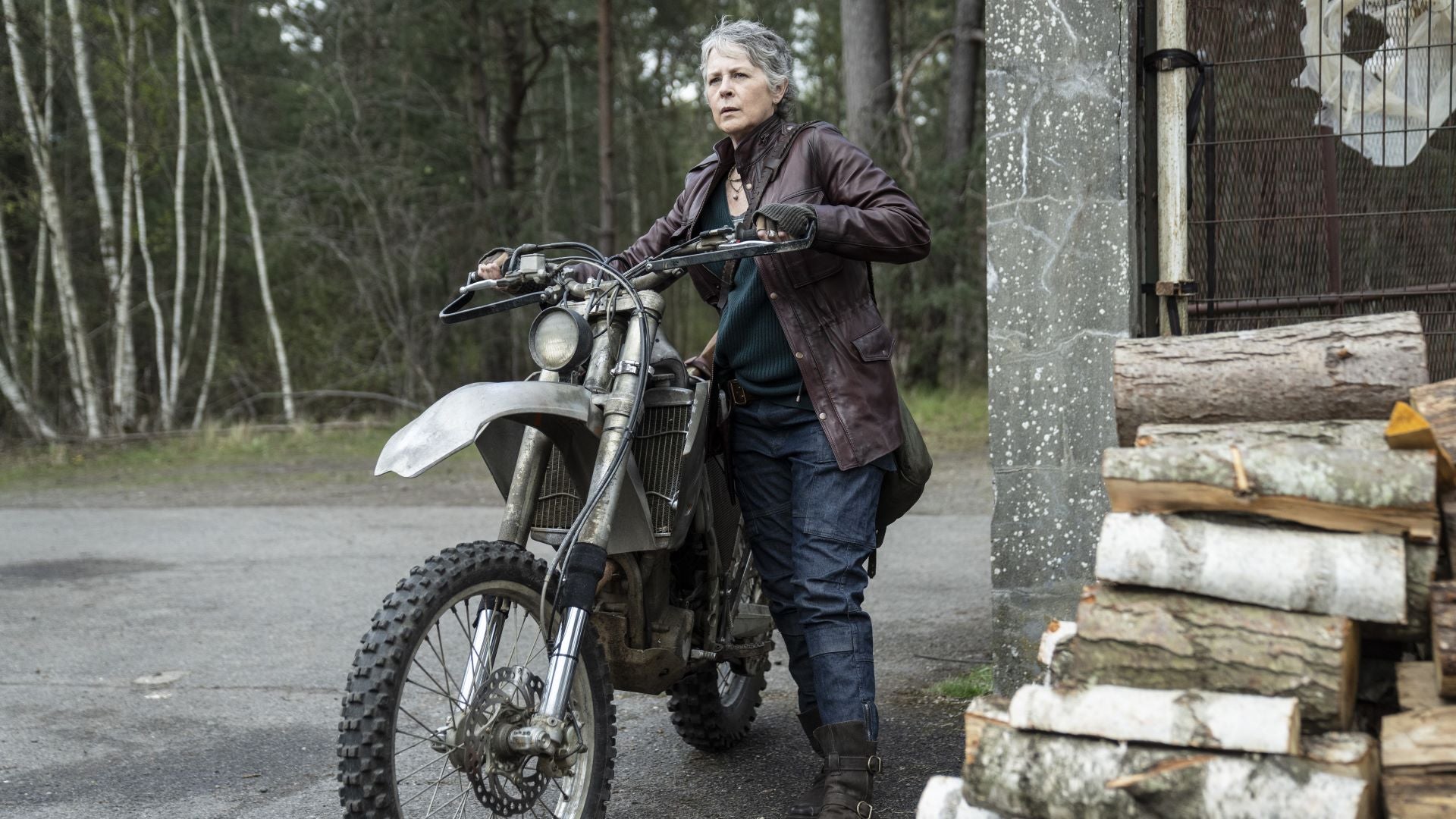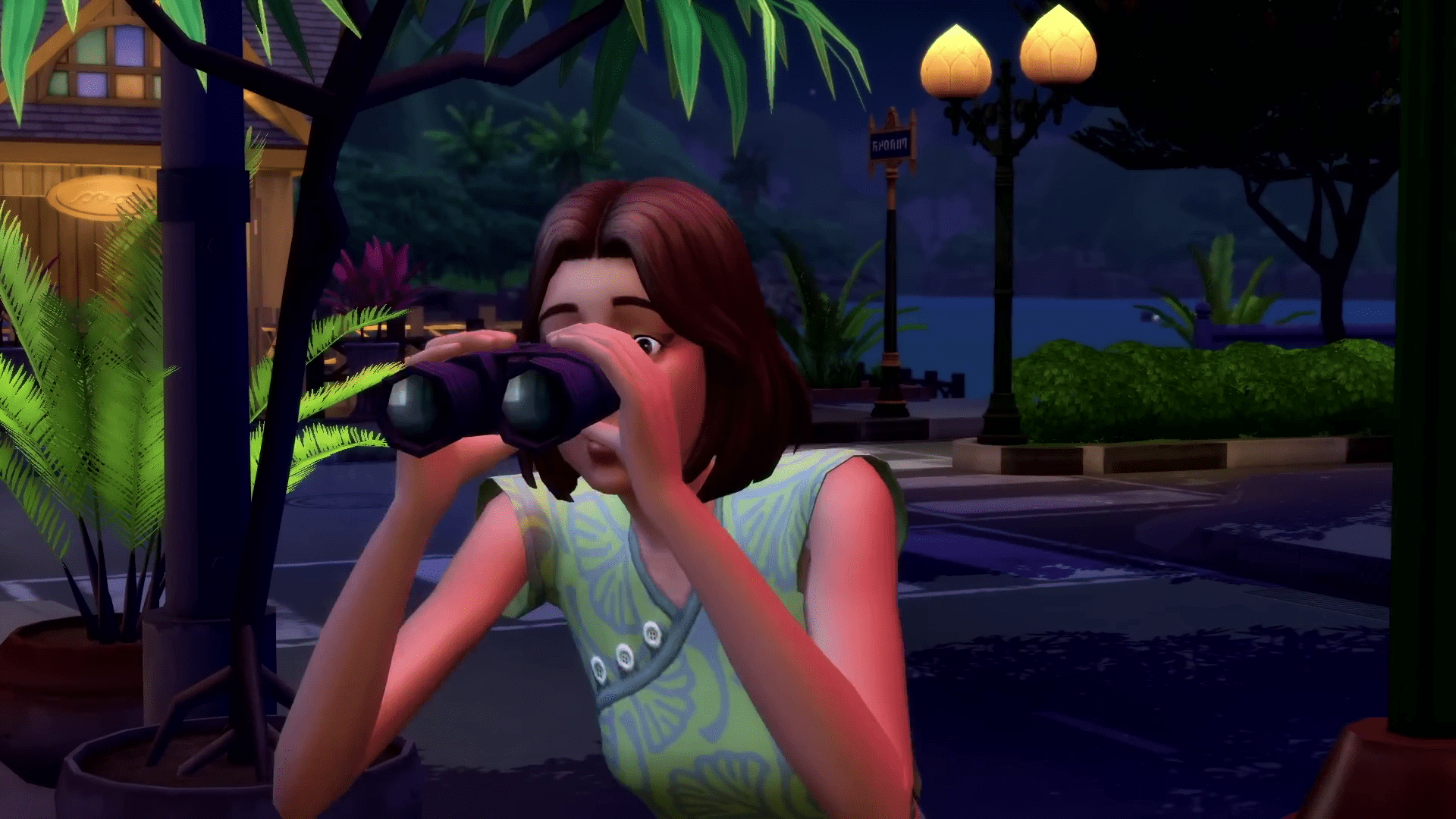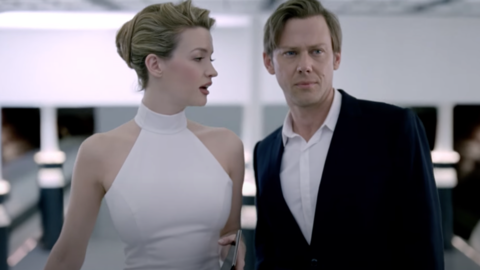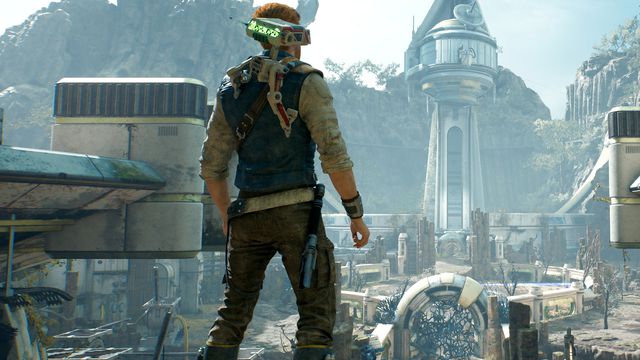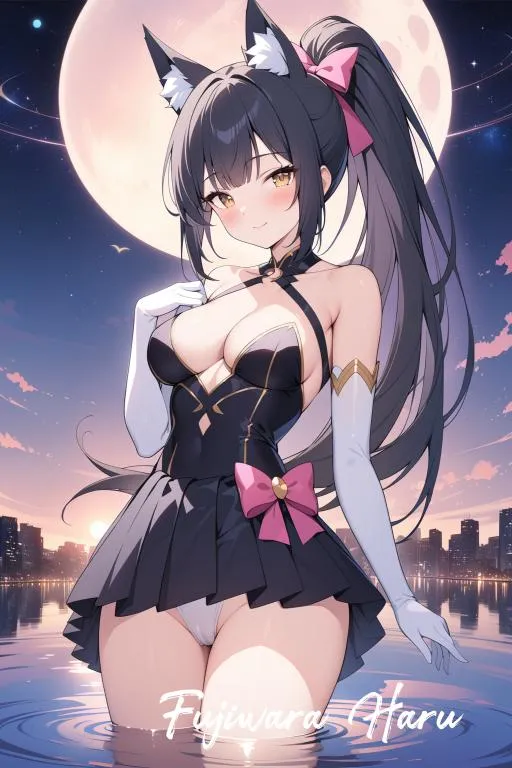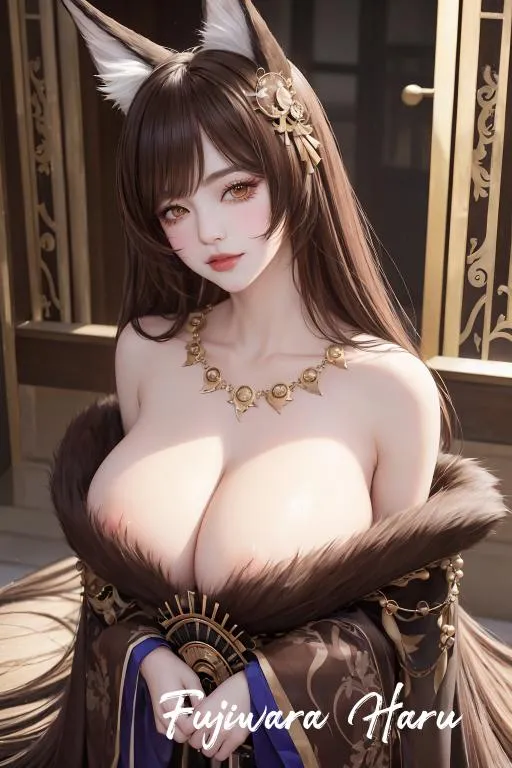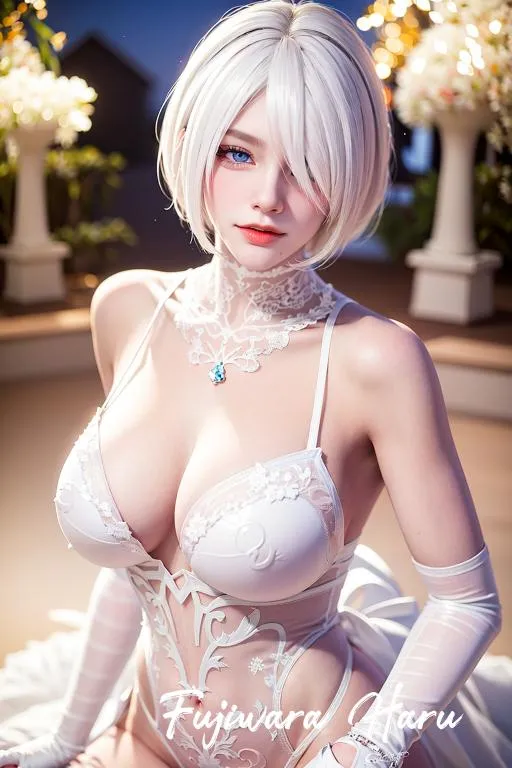Ahead of the Fall release of the Disney Lorcana Trading Card Game, IGN got a hands-on demo from co-designer Ryan Miller. Now we’re pulling back the curtain to reveal how it’s played and our early impressions of the game.
What Is Disney Lorcana TCG?
Lorcana is an upcoming trading card game from developer Ravengsburger featuring characters, items, and songs from animated Disney movies, ranging from classics like Sleeping Beauty and modern hits like Moana, to everything in between.
The in-game story of Lorcana is a bit silly but it does help explain the game mechanics and how a battle as ridiculous as Mickey Mouse and Maleficent versus Tinkerbell and Maui could ever take place. Lorcana (lore + arcana) is a magical realm where players take on the role of “Illumineers” and use magical ink to summon "Glimmers" (copies) of Disney characters from various stories, some familiar and some with bizarre twists, to help them collect “lore” (victory points).
That sure is a lot of fantastical terms all at once, but essentially it means that we’re storytelling magicians competing against each other by summoning copies of Disney characters to see who can gather the required lore first. The TCG that feels the most similar to Lorcana is Magic: The Gathering, but whereas Magic features two players as rival wizards summoning creatures and casting spells in order to defeat each other in battle, Lorcana is much more family-friendly where no one gets hurt.
How to Play Disney Lorcana TCG
Disney Lorcana is played using an assortment of characters, actions, and items to carry out your strategy and thwart your opponent. To win the game, be the first player to gain 20 lore. Players gain lore by questing, which is done by exerting (tapping) characters and adding their lore value (the diamonds on the bottom right side) to their score.
But there’s a risk that comes with questing. Any exerted character can be challenged (attacked) and banished from play (sent to the discard pile). Only exerted characters can be challenged, so leaving them ready is a way to keep them safe. The way challenging works is a ready (untapped) character exerts and chooses an opposing exerted character to challenge, and then both cards compare their strength (attack) and willpower (defense) values to each other (meaning the attacker automatically gets hit back by the defender). If a character’s strength number is equal to or greater than the opposing character’s willpower, they are banished. If their strength is lower than their willpower, they take damage and damage counters equal to the strength value are placed on the card.

On the turn a character comes into play, their “Ink” needs to dry, so they can’t challenge, quest, or use abilities that require them to exert. Magic players know this as Summoning Sickness.
The resource used to play cards is called Ink. Any card with a golden hexagon in the upper left corner can be used as Ink – from what we’ve seen so far, most cards can be used as Ink. Once per turn you can turn a card into Ink. Simply show it to your opponent so they can verify it has the gold hexagon and then place the card face down in your Inkwell. To play a card, exert a number of Ink cards equal to the number inside the hexagon.
Disney Lorcana TCG Card Types
There are three types of cards: characters, items, and actions. Characters are used to quest for lore, challenge opposing characters, and use abilities. Items remain in play and can be used throughout the game. Actions are used instantly and go right to the discard pile. There’s a special kind of action called a Song. Songs tend to have especially powerful effects and, unlike normal actions, you can play them for “free” by having one of your characters exert to sing the Song instead.

Lorcana decks are 60 cards. You can include up to four copies of a card in your deck. You’re allowed to have multiple versions of the same character in your deck, and those characters can co-exist on the game board. For example, in the same deck you can include four copies of Stitch - Carefree Surfer and four copies of Stitch – Rock Star.


Those are the basics on how to play, which is all we’re going to cover for the purposes of this preview. For a more in-depth explanation of how to play, including mechanics such as Shift and Rush, check out the instructions on the Disney Lorcana website.
What Did We Think of Disney Lorcana TCG?
We had a lot of fun playing Lorcana. At first brush, the game feels similar to Magic: The Gathering, but the more we played the more Lorcana’s unique identity emerged. Turns go by quickly, giving the game a breezy back-and-forth pacing. The middle-game always proves to be the most tense and complex, as both players tend to have a handful of characters in play and must decide between questing to gain points and challenging to slow the opponent down. Usually it comes down to whoever can utilize an especially potent action at the right time – such as the Dragon Fire action that banishes one character on the spot – to give them the momentum they need to win the game.
Disney Lorcana’s X-Factor
The special x-factor that makes the game so entertaining is all of the iconic (and niche) Disney characters, moments, and songs featured on the cards. Before you know it, you’ll find yourself doing impressions of the characters as you play down their cards or bursting into song when you activate Be Our Guest or Part of Your World. Win or lose, it’s hard not to have a good time when playing a game of Lorcana.
The card art is gorgeous. The game features brand new, original artwork and does an excellent job of capturing the characters in their Storyborn (classic) form while also adding fun twists for their Floodborn and Dreamborn variants. Our hands-down favorite variant is Scar made of fiery lava. That said, some of the variants were so similar to the original that they hardly seemed like variants at all.

For example, Jafar has a variant called Wicked Sorcerer where the only real difference is he’s sporting purple and gold robes instead of his signature red and black… but wait a second, isn’t the original Jafar already a wicked sorcerer? Suffice to say, the variants are at their best when the character is reinvented in a wondrous and unexpected way, as opposed to being given a palette swap.
The card design is clear and easy to understand. The game has a handful of keyword mechanics that are always explained on the card so you’ll never have to worry about not knowing what to do. Most cards are straightforward and have simple effects, which is what gives the game such a quick rhythm. We were only playing with starter decks, so there may be more complex cards in the full set, but it seems like the game was designed to be more on the simple side. That’s not to say the game lacks depth – it has that “easy to learn, hard to master” feel, similar to the Pokémon TCG.
While cards are well designed from a gameplay standpoint, the different types of cards look almost identical. It’s not always easy to tell the difference between a character, item, and action at a glance, and you’ll have to squint to read the card’s thin middle text bar to figure it out. It made us wish the different card types were given more distinct layouts that made them stand apart.
We tried out the three starter decks releasing at launch, and they each had distinct strategies based on their ink color. The Sapphire/Steel deck accelerates resources to cheat out big characters early, the Emerald/Ruby deck had lots of character removal and ways to steal Lore from the opponent, and the Amber/Amethyst deck had lots of card draw and could pull off many tricks and combos. The different gameplay styles for each color were well-defined and made it easy to understand what strategy to implement.
Disney Lorcana’s One Big Flaw (That May Wind Up Being Nothing)
On the box it says a game of Lorcana lasts 20 minutes, but most of our games were 30 minutes or more because both players almost always ran out of resources and struggled to close out the game. Which leads to our biggest reservation about Lorcana. In pretty much every game we played, both players inevitably ran out of cards in their hand and for the rest of the game they were at the mercy of their topdeck.
It’s easy to run out of cards because even though you start with a hand of seven and draw one card per turn, every turn you’ll typically be placing one card into your Inkwell and playing one or two characters/actions/items, so after four or five turns your hand will be empty. It's a bad feeling when you run out of cards because it feels like you’re not able to implement your strategy and the winner is whoever gets lucky enough to draw a game-swinging card first.
This issue reminds me of a superhero card game I used to play called VS System where you drew two cards per turn to help make up for the fact that one card per turn would be turned into a resource.
One game I tried to be extra conservative with my cards in order to avoid this problem, but by not playing many cards early on, my opponent was able to quest without consequence and gain a huge early lead. The game essentially forces you to play your cards out as soon as you’re able just to keep up with your opponent.
This leads me to believe that Amethyst is the best Ink color in the game simply because it’s the only one that offers numerous ways to draw cards and cycle through your deck. Each deck can have one or two Ink colors, so I imagine Amethyst will be a popular choice to pair with one of the others, if only for the card draw options.
This critique of course comes with a big asterisk because we’ve only played with starter decks, which are traditionally meant to help you understand the basics and don’t reflect what a competitive constructed deck can do. We are hopeful that once the first set releases there will be cards that help alleviate this particular problem.

What Else Disney Lorcana Needs to Address
Another aspect of the game worth discussing is how it’s hard to make a comeback or counter the opponent’s strategy.
Oftentimes we reached a point where it was very clear who was going to win, to the point where we found it pointless to play out the final turns of the game. It feels unsatisfying that games tend to end with a foregone conclusion rather than feeling like a tight race until the very end. Very few cards have the ability to stop the opponent from winning when the finish line is in sight. You can’t play cards on your opponent’s turn, like a Trap Card in Yu-Gi-Oh! or a counterspell in Magic, so there’s no way to interrupt them.
Again, we are just playing with starter decks, so there may be cards with comeback mechanics and counters that we haven’t seen yet, but as things stand, this is one of the more underwhelming aspects of the game.
Disney Lorcana TCG Can Be Played With More Than Two Players
Though a standard game of Lorcana is between two players, it was designed to support more than that. We tried out a four-player, free-for-all game and it was interesting to race to 20 Lore against multiple opponents, but in the end it wasn’t as fun as a normal game. Mainly because all of our small issues only became bigger with more players. The game lasted an hour and everyone ran out of cards.
Although, with more players there are naturally more ways to stop certain people from winning, especially when you work together, so there was an extra element of temporary teamwork involved. Cards that have a wide, sweeping effect (such as Grab Your Sword which deals two damage to all opposing characters) became extra powerful because they hit all three opponents at once. For the sake of variety, it’s nice to know you can build a deck specifically for multiplayer.

Final Thoughts on Disney Lorcana TCG
Overall, the Disney Lorcana TCG is an enjoyable game to play casually. It has beautiful card art, makes excellent use of the Disney library, and offers simple and briskly paced gameplay. There are a few aspects that hold it back from being more complex and competitive, namely a lack of card draw and ways to mount a comeback and counter the opponent, but those issues may be alleviated as the game evolves. After all, these are only our first impressions based on playing with three different starter decks.
When Does Disney Lorcana TCG Release?
The Disney Lorcana TCG release date is August 18, 2023 for local game shops and Disney parks, and the release date for retail stores and shopDisney is September 1, 2023.
The base set is called Disney Lorcana: The First Chapter, which contains over 200 cards. New sets will be released four times a year. Booster packs are $5.99 and contain 12 randomized cards. Each pack contains one foil card of random rarity, two rare or better cards, three uncommon cards, and six common cards.
There will be starter decks released with each set alongside randomized booster packs. There are three starter decks for The First Chapter – Amber and Amethyst Deck, Emerald and Ruby Deck, Sapphire and Steel Deck– which sell for $16.99 each.
